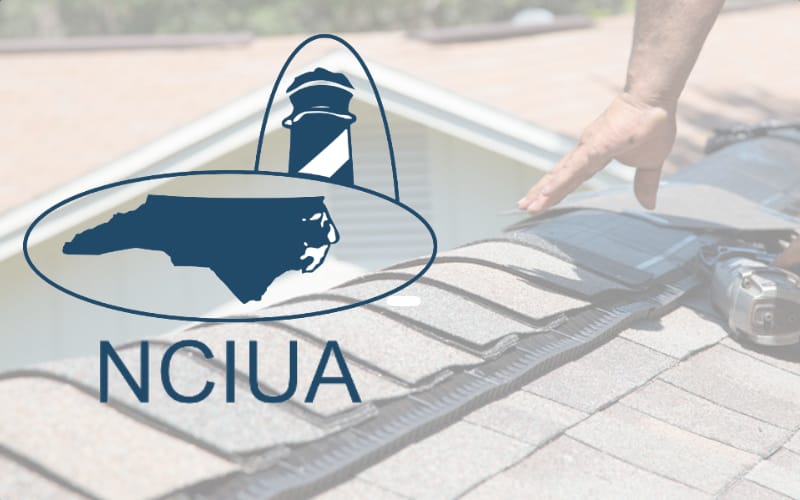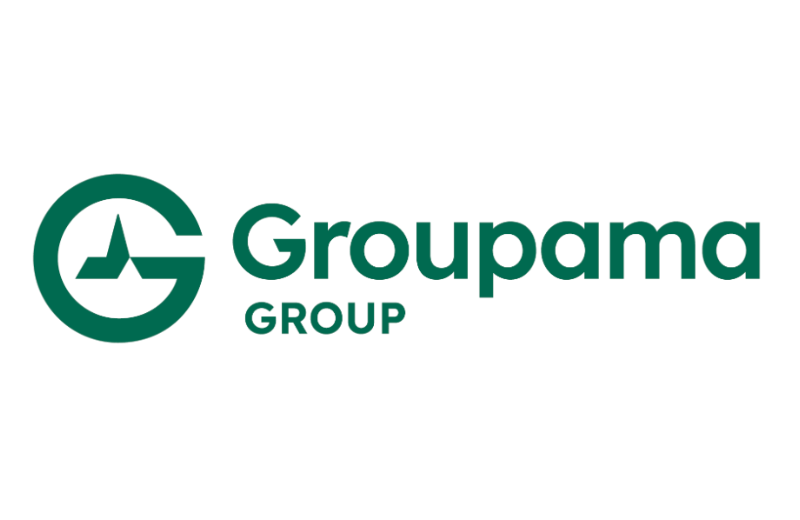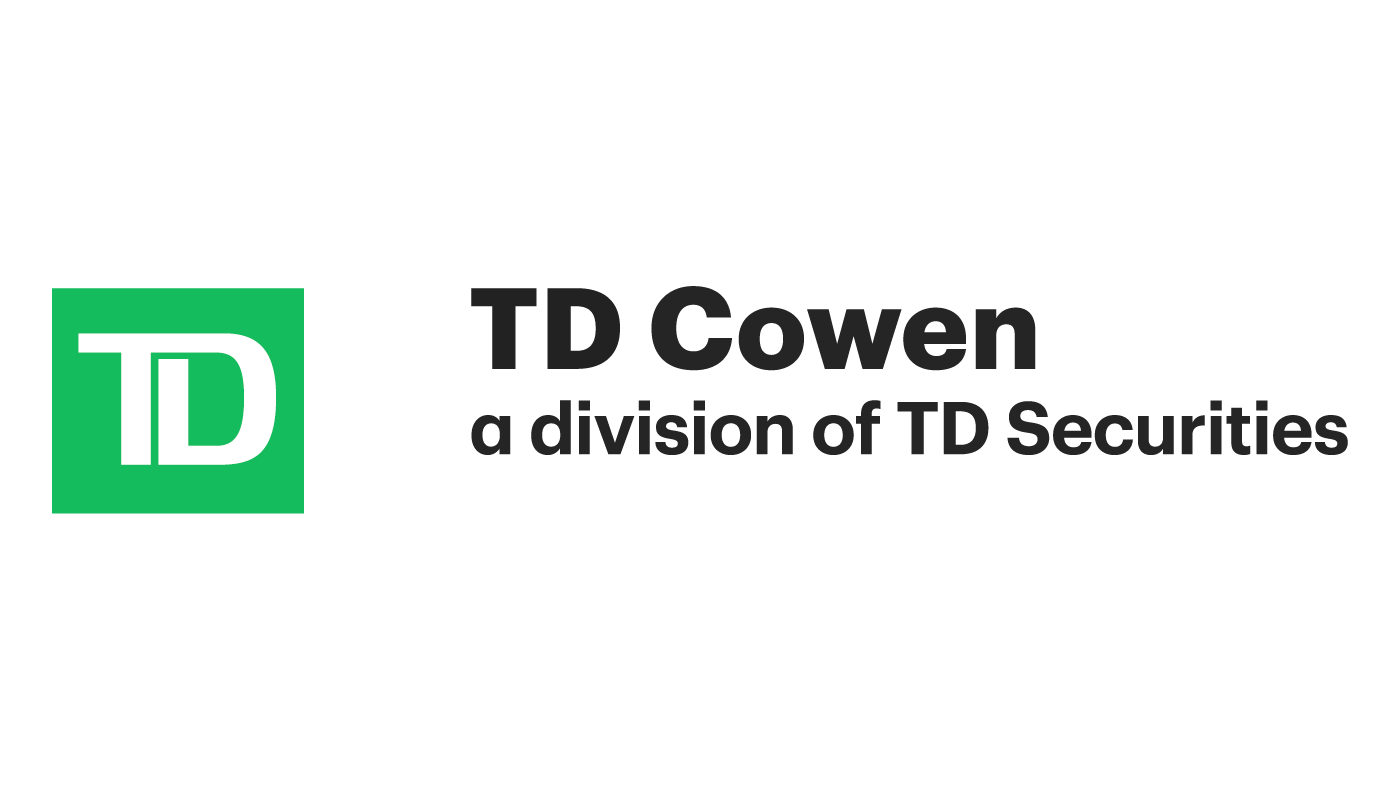
The North Carolina Insurance Underwriting Association (NCIUA) has become the first catastrophe bond sponsor to benefit from an issuance that has disaster-resilience features integrated in it, with its recent $600 million the very first cat bond to include an additional resilience feature.As a result, this recent cat bond deal has become the first and only example of an insurance-linked securities (ILS) deal that also classifies as a true resilience bond, which we see as breaking new ground in the catastrophe bond and ILS market.For years now we’ve been covering and analysing various projects that have looked to create a resilience bond structure, which has been proposed as a hybrid between a cat bond and resilient infrastructure bond.That resilience bond concept has yet to be realised in its originally envisaged form.
But this recent Cape Lookout Re cat bond for the North Carolina Insurance Underwriting Association (NCIUA) has been designed and structured in such a way as to provide a true disaster-resilience benefit back to the NCIUA and its constituents, under qualifying conditions, so has successfully integrated the cat bond and resilience bond concepts neatly within one reinsurance capital market arrangement.The Cape Lookout Re 2025-1 catastrophe bond was a particularly successful issuance for the NCIUA and its largest yet in the series, .While that alone delivers meaningful protection benefits to the NCIUA and its policyholding residents of North Carolina, the Cape Lookout Re 2025-1 catastrophe bond also has the potential to deliver additional disaster-resilience benefits, through the novel inclusion of a resilience trigger feature in the cat bonds’ terms.
The cat bond features an additional resilience interest spread of 0.35%, that the NCIUA will pay into a specific resilience account during each annual risk period for the notes.If, during the course of an annual risk period, aggregate losses remain below 60% of the attachment point for the notes, then a resilience trigger event is deemed to have occurred.A resilience trigger event will activate a payment back to the issuer after the end of the risk period of the accumulated resilience spread and any interest on it, which can then be put to use by the NCIUA to support its policyholders through funding of IBHS Fortified Roof grants, or upgrades to an IBHS Fortified Roof during a claims process.
The NCIUA has been working to support policyholders through IBHS Fortified Roofs for a number of years and since 2017 has supplied $100 million in support to help policyholders harden their roofs.Conversely, should the aggregate losses over the course of an annual risk period exceed 60% of the attachment point, then after the end of the risk period the accumulate resilience spread and any interest will be paid back to investors in the catastrophe bond notes, so a resilience trigger event will not have occurred.As a result, the resilience spread and trigger integrated into the Cape Lookout Re 2025-1 catastrophe bond acts both as a source of resilience capital for the NCIUA to support its constituents, and an additional potential payment to investors should they appear to be nearing facing losses on the cat bond itself.
Speaking with Artemis, Gina Hardy, CEO of the North Carolina Insurance Underwriting Association explained the rationale behind the innovative resilience features in the recent cat bond.“Our primary goal is a stronger, storm-ready North Carolina and this catastrophe bond marks a major step forward.In addition to accessing critical capital to address future storm losses, we are reinforcing our long-standing commitment to support policyholders. The integrated resilience feature enhances our ability to protect homes, build safer and more resilient communities, and accelerate recovery for families across the coast.” Don Hornstein, a law professor and member of the NCIUA Board of Directors and Chair of its Mitigation Committee added, “Since 2017, we have authorized $100 million for resilience efforts to our insureds to install “Code-Plus” roofs that have been repeatedly proven to reduce losses – one of the largest such programs by a single insurance company – and this bond allows us to integrate that work into a long-sought-after new asset class, a true ILS Resilience bond.” Global reinsurance company Hannover Re assisted the NCIUA in accessing the capital markets for this catastrophe bond, acting as a fronting reinsurer as it has for all of the Association’s seven deals since 2019.
Silke Sehm, Executive Board Member for Property and Casualty at Hannover Re told us, “With this innovative cat bond, Hannover Re, in close cooperation with its partners, has brought a new feature to the insurance-linked securities market that for the first time provides funds to help build more disaster-resistant communities.” GC Securities, the insurance-linked securities (ILS) and investment banking arm of reinsurance broker Guy Carpenter, acted as the sole structuring agent and bookrunner for the Cape Lookout Re Series 2025-1 issuance.Cory Anger, Managing Director at GC Securities commented to Artemis, “With years of experience in the ILS market, we pride ourselves on the flexibility and knowledge to structure and place customized catastrophe bonds like this one in close cooperation with our partners.” Sehm from Hannover Re further said, “If we want to effectively mitigate the costs of catastrophes, we must not only work on increasing coverage but also invest in adaptive measures.This placement combines both elements and should serve as a blueprint for more such transactions.” Anger from GC Securities added, “Within the growing catastrophe bond market, it is important to have reliable reinsurers like Hannover Re who are willing to work with insurers and other cedants on innovative capital market transfers.” Hornstein, member of the NCIUA Board of Directors and Chair of its Mitigation Committee, further commented in his academic capacity as Director, UNC Center on Climate, Energy, Environment, and Economics, “Our Center is continually open to partnerships and research affiliations with all stakeholders – both those needing access to insurance and capital with which to invest in resilience, and market participants in the reinsurance and CAT bond industries – to explore a wider range of possible applications of this new type of financial product.” It is very encouraging to learn about the unique and innovative features of the NCIUA’s latest catastrophe bond, as this structure shows a way that the cat bond product can be utilised to drive greater resilience, ultimately reducing risk for policyholders and exposure for risk bearers, while also compensating cat bond investors.
Inclusion of such features to catastrophe bonds can have numerous beneficial effects, as they can encourage more capital to them, bring in differentiated investors and additional sources of capital, ultimately also helping to enhance execution of cat bond issues.We understand that, in this case, the NCIUA is thought to have benefited from particularly strong execution, in both size and price terms for its latest cat bond, thanks in part to the innovative resilience features integrated within it.Investors are attracted to opportunities that are aligned with disaster resilience and the parties behind this recent catastrophe bonds have found a viable way to integrate the resilience bond concept this market has for so long been discussing, within the cat bond structure itself which could help to drive more investor interest in the asset class over time.
You can read all about this new transaction and every other cat bond ever issued in our Artemis Deal Directory..All of our Artemis Live insurance-linked securities (ILS), catastrophe bonds and reinsurance can be accessed online.Our can be subscribed to using the typical podcast services providers, including Apple, Google, Spotify and more.
Publisher: Artemis








